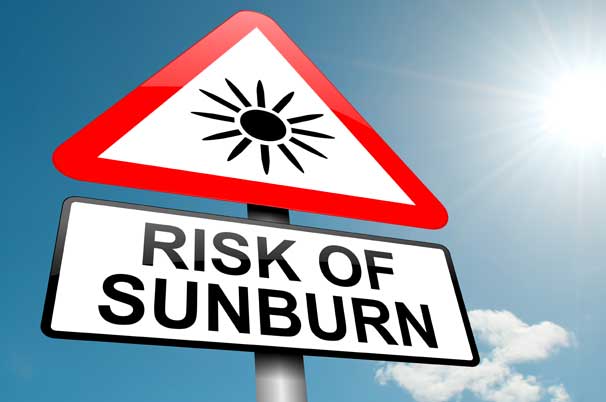Skin damage and the sun: fact and fiction
The US Environmental Protection Agency has found that about 90% of ageing signs are down to the rays we all love catching come the summer.
But, with so much information about skin damage from the sun kicking around, how can you be sure what to believe? Here we separate some of the facts from the fiction.
I’ll be fine because I have a base tan – myth
While naturally darker skin takes longer to burn, if a colour is new to you because you’ve been recently tanned or burned, that won’t stop sunburn.
A tan clears up acne – myth
While sun does dry out your skin, that doesn’t mean it’s all good. In fact, if you have acne, far from helping it dry up, excessive exposure to sun can make it worse.
SPF 30 has twice the strength of SPF 15 – myth
While SPF 15 blocks out 93% of UVB sunrays, SPF 30 keeps off 97%, and even if you use SPF 100 that only keeps away 99% of UVB rays. So the higher your SPF, the more minimal the difference between factors gets. For all SPF numbers, you must reapply it every couple of hours for constant protection.
I don’t need sunscreen if I’m clothed – myth
In fact, the majority of clothes will offer very little in the way of protection against sun damage. A regular white T-shirt, for example, typically has an SPF value of just 7, less if it’s wet. Darker clothes may provide some protection but they will be more uncomfortable.
Sunscreen prevents Vitamin D absorption – myth
King’s College London has found that, although sunscreen stops some of our skin’s Vitamin D synthesis, you will still see a rise in your Vitamin D levels after sitting in the sun if you are properly protected against skin damage.
Finally, one that’s not a myth. Some foods really can protect against sun damage. Feast on antioxidant high foods like blueberries, strawberries, pecan nuts, plums, artichokes and green tea.
All of these can help safeguard the skin’s cells from sun damage.


